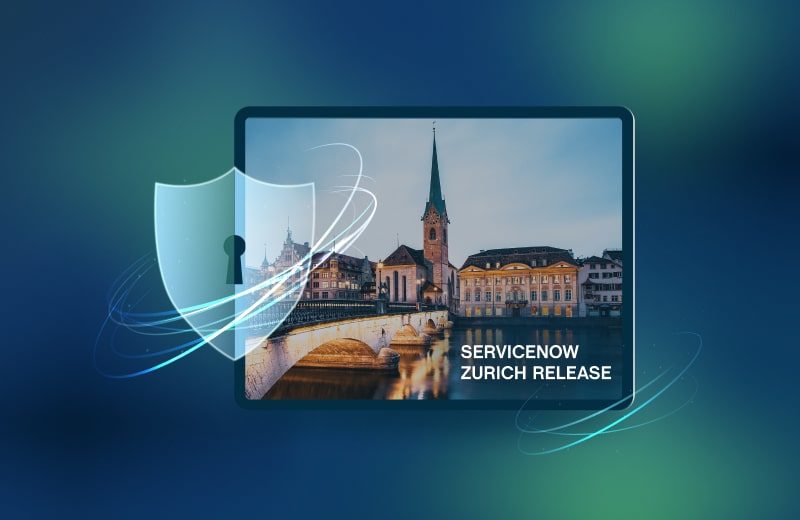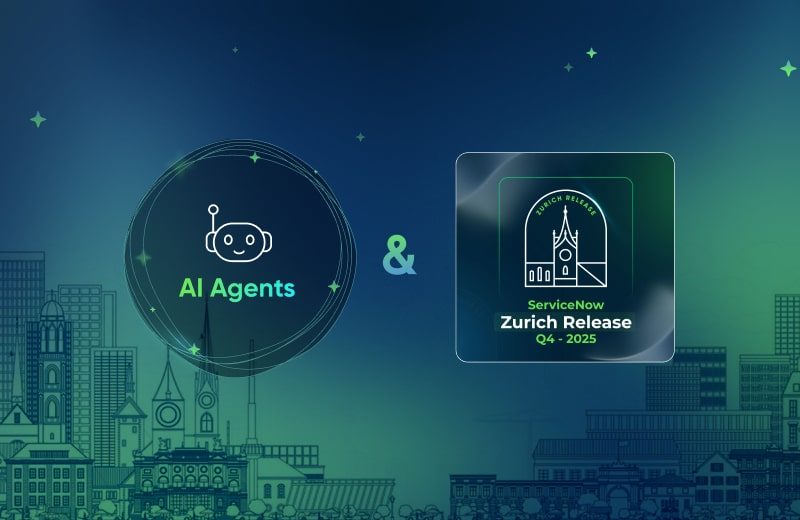The Rise of No-Code: A New Era for Full-Stack Developers
The technology landscape is rapidly evolving, and with it, the tools and methodologies used in software development. Recent analyses by leading firms like IDC and Gartner reveal that the global revenue for low-code platforms and professional services is set to skyrocket. This surge presents immense opportunities for businesses, technology experts, and emerging talents. But what does this mean for seasoned full-stack developers? Are they ready and willing to transition from traditional coding to the more intuitive drag-and-drop approach of no-code platforms?
By 2025, 70% of apps will be built using no-code/low-code technology.
Gartner
Organizations with citizen developers score 33% higher on innovation measures.
McKinsey&Company
60% of apps are now built outside of the IT department.
TechRepublic
Today, let’s delve into the significant shift from full-stack development to low-code / no-code platforms and see how you can smoothly transition to this emerging field.
Full-Stack vs. Low-Code Development: Understanding the Differences
Full-stack developers are akin to universal soldiers in the tech world, proficient in various programming languages and capable of building applications from the ground up. Their expertise spans the entire software development spectrum. Conversely, no-code and low-code developers often come from functional backgrounds like accounting or human resources, leveraging drag-and-drop tools and pre-defined services with minimal coding.
Video: Transition From Full Stack to Low-Code/No-Code?
The Viability of Transition for Full-Stack Developers
Full-stack developers are well-positioned to adapt to low-code platforms, bringing their extensive design and coding knowledge to a field that emphasizes rapid prototyping and efficient application deployment. This transition not only accelerates development processes but also opens doors to innovation and creative solutions.
Even full-stack developers use graphical tools and development suites as well as plug-and-play packaged and libraries. So, there will be a low effort in understanding visual modelling and how to make reusable components work together. Also, using collaboration tools and scalable environments is common for low-code implementers. And also here you will need to spend time and effort thinking about reliable integrations and scalable performance.
Advantages of the No-Code/Low-Code Approach
The primary benefit of low-code/no-code development is its speed and efficiency, significantly reducing the time to market for applications. This approach is particularly beneficial for prototyping, allowing for quick idea validation and presentation to potential users. Furthermore, it democratizes application development, enabling those with non-technical backgrounds to contribute meaningfully to the development process.
Low-code development provides the best of both domains, where both non-technical individuals and experienced developers can utilize their respective skills, work together, and jointly create solutions.
Skill Enhancement for Full-Stack Developers in No-Code Development
To excel in no-code/low-code development, full-stack developers should familiarise themselves with relevant platforms like ServiceNow, Microsoft Powerapps, Odoo, and Webflow. Additionally, mastering tools like Airtable for database management and Zapier or Make.com for automation will further bolster their no-code capabilities, especially in the enterprise domain.
Most used Low-Code platforms in corporate segment
- OutSystems: Recognized for its rapid application development and deployment capabilities.
- Appian: Known for its workflow automation and no-code functionalities.
- Mendix: Offers a microservices-based architecture and AI/ML capabilities.
- Salesforce Lightning: A component-based application development framework.
- Microsoft Power Apps: Features pre-built AI components and extensive data integration options.
- Nintex: Specializes in workflow automation and process management.
- ServiceNow App Engine: Offers a holistic low-code development experience with process automation and analytics.
- Quickbase: Ideal for creating information collection and storage apps with a drag-and-drop interface.
- Kissflow: Focuses on automating workflows and business processes with no-code capabilities.
- Salesforce Platform: Offers a visual development environment with a wide range of connectors and scalability.
- Creatio (Studio Creatio): Provides capabilities to build, manage, optimize, and automate workflows.
- Retool: Offers a low-code platform for professional developers with HTML, JavaScript, CSS, and SQL support.
- NewgenONE Digital Transformation Platform: Uses AI/ML for content management and process automation.
- Kintone: Known for its no-code approach, collaboration features, and partner ecosystem.
- Alibaba YiDa: A no-code platform for developing forms, integrations, reports, processes, and portals.
- Huawei Astro: Focuses on no-code approach for information-based applications.
- Unqork: Provides a no-code, single-tenant architecture with a focus on innovation.
- Alpha Anywhere: Utilizes a model-driven approach for rapid application development.
- Integrate.io: A platform designed for data transformation without technical expertise.
- ILLA Flow: A JavaScript-driven tool for creating automated workflows, popular among developers in North America.
The Importance of Soft Skills
In the realm of no-code development, soft skills are just as critical as technical abilities. Effective communication, problem-solving, time management, and teamwork are essential for successful collaboration and delivering value in a fast-paced development environment.
Commonly needed soft-skills
- Collaboration Skills: Low-code development often involves a range of stakeholders, making it essential for developers to work well in a team and utilize collaboration tools effectively.
- Understanding of Agile Frameworks: Knowledge of agile methodologies like Kanban and Scrum is important for low-code developers to support the iterative development process.
- UI/UX Design Principles: A clear understanding of user interface and user experience design is crucial to ensure the applications developed are user-friendly and meet end-user needs.
- Growth Mindset: Embracing a growth mindset helps developers view challenges as learning opportunities, enhancing their adaptability and problem-solving capabilities.
- Time and Task Management: Efficient management of time and tasks is vital for meeting deadlines and maintaining productivity.
- Assertive Communication: This involves expressing oneself clearly and confidently while respecting others’ views, crucial for team interactions and client dealings.
- Feedback Skills: The ability to give and receive feedback constructively is essential for continuous improvement and team cohesion.
- Presentation Skills: Being able to present ideas and solutions effectively is important, especially when explaining technical concepts to non-technical stakeholders.
Comparing Application Architecture and Solution Design
While different platforms may have nuances, the fundamental layers and stacks of application architecture remain consistent. Developers experienced in UX/UI design, back-end development, and system administration will find familiar elements in platforms like ServiceNow, where the focus shifts to business rules, flows, and automation, mirroring traditional back-end tasks.

Both, Implementing Apps with ServiceNow App Engine Studio (AES) and Full-Stack Development design UIs with tools like Sketch, Invision, and Figma. This means that a developer skilled in UX/UI design can transition easily between traditional and ServiceNow development environments. The tools and principles of design remain the same.
Traditional back-end development uses languages like Java and .NET, as well as databases like MongoDB and MySQL, focusing on API development and business logic. ServiceNow incorporates business rules, flows, and automation, which are conceptually similar to back-end development tasks and can also include integration with databases and other systems.
In both traditional and ServiceNow stacks, systems administration and DevOps roles oversee the applications and infrastructure that support the end product. This might include managing the database systems and ensuring the proper deployment and operation of applications.
Conclusion
The shift to no-code and low-code development doesn’t diminish the relevance of full-stack development skills. Instead, it represents an evolution, simplifying processes while retaining core concepts. This transition offers an exciting opportunity for developers to extend their technical horizons and embrace the efficiency and creativity that no-code platforms offer.
Are you ready to explore the possibilities in the no-code landscape? Share your thoughts, hit the like button, and subscribe for more insights. Let’s embark on this journey into the future of technology together!
Teiva Systems is a ServiceNow Premier Partner and provides advisory, architecture, implementation, training and support services. Teiva Systems specialises in building custom applications and integrations with ServiceNow App Engine leveraging platform capabilities like common data model, security, integration layer.
Kostya Bazanov is ServiceNow Leading Architect and Technology Advisor since 2011. He acted in various roles such as technical consultant, implementer, solution architect, team lead in national and global projects and ServiceNow platform rollouts. Kostya is certified in ServiceNow ITSM, Discovery, Event Management, Application Development and other critical modules and capabilities.
Kostya Bazanov, Managing Director, Jan 10, 2024
Eager to take the next step? Contact us today!
Latest Articles

Migrating to Zurich: Best Practices and Lessons from Teiva
The ServiceNow Zurich release is a promising update to the artificial intelligence-based platform. For enterprises ready to move from experimentation to production-level AI-driven, Zurich provides more advanced scalability and maximum control.
read more
Data & Privacy Enhancements in the Zurich Release: What You Need to Know
New Zurich release changes the structure of data security and transmission, meeting compliance and control requirements in regulated industries, as well as how Teiva helps clients implement ServiceNow Zurich Data Privacy tools in their business workflow architecture.
read more
AI Agents & Zurich: How the Latest Release Advances Autonomous Workflows
The potential of generative AI is coming to the fore, and the development of powerful large language models could radically affect the IT market in 2026. The newest Zurich release in 2025 with a number of innovations confirms this impact.
read more